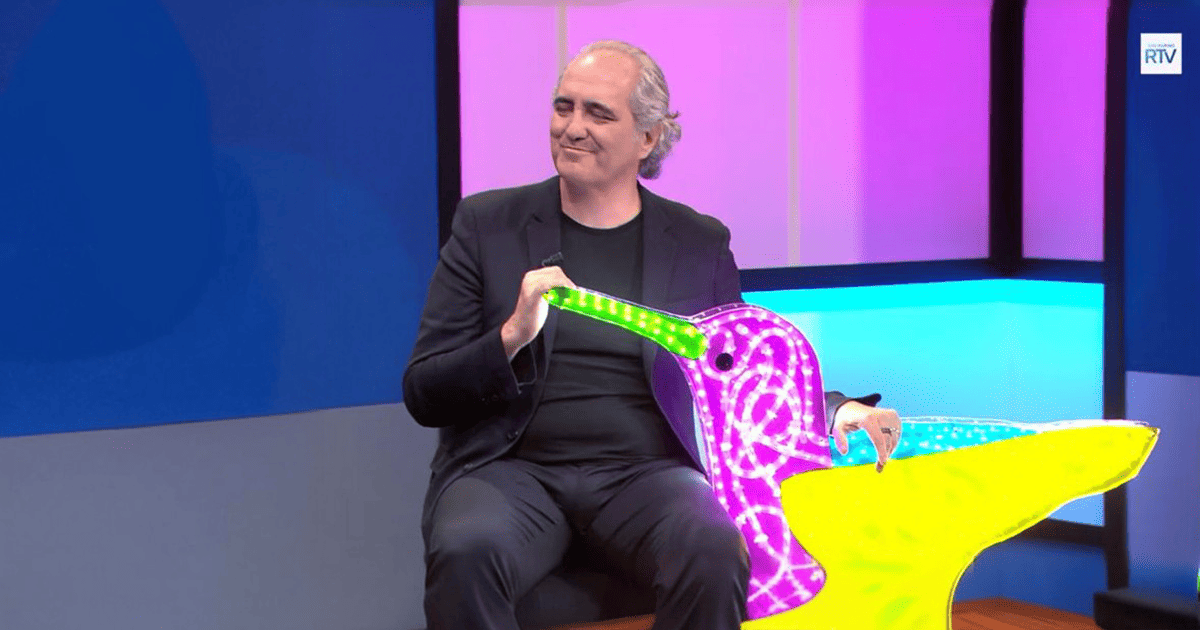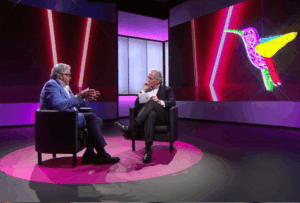- Italian
- English
C’è un filo preciso che lega le prime due puntate de Il Colibrì – Spazio di Libertà: la TV come ultimo luogo possibile per tornare cittadini dopo essere stati trasformati in simbolo, bersaglio o ombra. Giovanni Terzi ha scelto di far nascere questo format non dentro il sistema italiano, ma su San Marino RTV il giovedì sera alle 21.00 per 10 puntate, ed è proprio questa distanza a renderlo possibile. Fuori dal perimetro editoriale di Rai, Mediaset e La7, dove il talk show è quasi sempre arena o tribunale, Il Colibrì riafferma un’idea dimenticata: che la televisione può ancora ascoltare, non soltanto giudicare.
Aprire un programma nuovo scegliendo Piero Marrazzo non è stata una scelta funzionale, ma dichiarativa. Significa inaugurare un format a partire da chi è stato espulso dal racconto pubblico e ridotto per anni a un episodio. Marrazzo non è trattato come “il caso”, ma come la persona dopo il caso. Il programma non indaga ciò che è accaduto, ma ciò che la cultura italiana fa accadere a chi cade: la trasformazione dell’uomo in stigma permanente.
In una TV che normalmente chiede la redenzione come spettacolo, Terzi compie il gesto opposto: non domanda confessione, ma restituzione. Non prova a riscrivere la storia, ma a restituire lo spazio narrativo che quella storia ha cancellato. È la prima vera rottura editoriale: non si torna per chiedere perdono, ma per ri-esistere.
Con Marco Mancini, già dirigente del controspionaggio, la traiettoria si amplia: la televisione non è più solo il luogo in cui una persona rientra nel discorso pubblico, ma diventa il luogo in cui frammenti di Stato entrano finalmente nel campo della parola civile. Di solito l’intelligence parla solo attraverso il silenzio: qui, invece, il contesto permette la verbalizzazione.
Mancini non usa la TV per difendersi, ma per mostrare un punto cieco: laddove le istituzioni hanno scelto l’opacità, il talk offre visibilità controllata e ragionata. È un ribaltamento culturale: la televisione non fa spettacolo del segreto, ma rende trasparenti le sue conseguenze. È un gesto che nessuna rete italiana avrebbe concesso, perché è proprio la posizione “esterna” di San Marino RTV a consentire questo margine di libertà.
Le due puntate non sono semplici interviste: sono due test pilota sul senso stesso della parola “spazio”. Nel primo caso, spazio umano negato dalla reputazione. Nel secondo, spazio istituzionale negato dalla ragion di Stato.
In entrambi, Il Colibrì dimostra che oggi la TV libera è possibile solo se sottratta alle logiche industriali e politiche della TV italiana.
Qui il pubblico non assiste a una “ospitata”, ma a una restituzione: del diritto alla complessità, del diritto a spiegare cosa rimane quando la narrazione non appartiene più a chi la vive.
La chiave è l’assenza di appartenenza al sistema televisivo nazionale. Non essendo vincolata alle stesse dinamiche di allineamento, San Marino RTV è in grado di esercitare un ruolo che in Italia si è estinto: mediare senza temere la ripercussione politica o la riduzione algoritmica dello share.
Il risultato è un format paradossalmente più pubblico del servizio pubblico: una TV che non deve urlare per legittimarsi e proprio per questo può scavare, sospendere, lasciare parlare.
La scultura luminosa di Marco Lodola non è solo arredo scenico: è manifesto editoriale. Il colibrì è piccolo, ma sopravvive dove tutto il resto crolla. Così questo talk: silenzioso rispetto ai codici televisivi dominanti, resistente rispetto alle loro derive dimostrando che lo spazio dell’ascolto sopravvive soltanto dove non è obbligato a essere spettacolo.
Su un’emittente fuori dal sistema, una TV di frontiera sta facendo il lavoro che il sistema non può più fare. Un programma che non commenta l’Italia: la espone nella sua fragilità, nella sua memoria corta e nei suoi ritorni mai permessi.
Se continua così, Il Colibrì non sarà solo una trasmissione, diventerà un precedente.
On San Marino RTV, far from the alignments and filters of the Italian broadcasting system, a rare television space is emerging – one where the act of telling is not consumption, but restitution. There is a clear thread connecting the first two episodes of Il Colibrì – Spazio di Libertà: television as the last place where a person can become a citizen again after having been turned into a symbol, a target, or a shadow. Giovanni Terzi deliberately chose to launch this format outside the Italian system, airing every Thursday at 9 p.m. for ten episodes on San Marino RTV, and it is precisely this distance that makes the program possible. Outside the editorial perimeter of Rai, Mediaset and La7 – where talk shows are almost always tribunals or arenas – Il Colibrì restores a forgotten principle: television can still listen, not only judge.
Opening a new program with Piero Marrazzo was not a functional choice, but a declarative one. It meant inaugurating a format by starting from someone who had been expelled from the public narrative and reduced for years to a single episode. Marrazzo is not treated as a “case,” but as a person after the case. The program does not revisit what happened, but what the Italian media culture does to those who fall: it turns a human being into a permanent stigma. In a television landscape that normally asks for redemption as spectacle, Terzi performs the opposite gesture: not confession, but restitution. He does not attempt to rewrite the story, but to return the narrative space that story erased. This is the first true editorial rupture: the guest does not come back to ask for forgiveness, but simply to exist again.
With Marco Mancini, former counterintelligence official, the trajectory expands. Television becomes not only the place where a person re-enters the public arena, but where fragments of the State itself finally enter the field of civil discourse. Intelligence normally speaks only through silence; here, the context allows articulation. Mancini does not use television to defend himself, but to reveal a blind spot: where institutions chose opacity, this program offers measured visibility. It is a cultural reversal: television does not stage secrecy, it clarifies its consequences. No Italian network would have allowed it, and it is precisely San Marino RTV’s position “outside the system” that enables such freedom.
These first two episodes are not simply interviews; they are test-cases on the meaning of the word “space.” In the first episode, space denied on a human level by reputation. In the second, space denied on an institutional level by reason of state. In both cases, Il Colibrì shows that truly free television is only possible when it escapes the industrial and political logic of Italian broadcasters. The audience does not witness a guest appearance; it witnesses restitution: the restoration of the right to complexity and the right to explain what remains after one loses ownership of one’s own narrative.
The key lies in the absence of belonging to the national broadcasting system. Free from alignment pressures, San Marino RTV can exercise a role that in Italy no longer exists: mediating without fear of political backlash or algorithmic share metrics. The result is a program that, paradoxically, is more “public” than the public broadcaster itself – a space that does not need volume to be legitimate and therefore has the power to dig deeper, pause, and allow speech. The luminous sculpture by Marco Lodola is not merely set design; it is an editorial statement. The hummingbird is small, but it survives where everything else collapses. Il Colibrì behaves the same way: quiet where dominant television is loud, resistant where television culture has become exhausted, proving that listening survives only where it is not required to become spectacle.
On a broadcaster outside the system, a frontier television project is performing a task the Italian system can no longer carry out. It does not comment on Italy; it exposes it – in its fragility, in its short memory, and in its denied returns. If it continues on this path, Il Colibrì will not remain just a program. It will become a precedent.
By author










